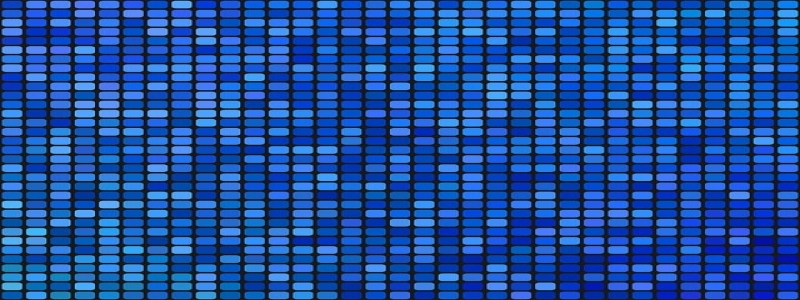Wavelength to Wavenumber Conversion
Einführung:
In the field of physics, specifically in optics and spectroscopy, the conversion between wavelength and wavenumber is a common practice. Wavenumber is the spatial frequency of a wave, while wavelength represents the distance between two consecutive points in the same phase of a wave. Understanding the relationship between these two measurements is crucial in many scientific endeavors. In diesem Artikel, we will explain the concept of wavelength to wavenumber conversion in detail.
ICH. Definition of Wavelength and Wavenumber:
1. Wellenlänge:
Wellenlänge, denoted by the symbol λ (lambda), is a fundamental property of a wave. It is defined as the distance between any two consecutive points in the wave that are in the same phase. In optics, wavelength is commonly used to describe the length of an electromagnetic wave, such as visible light.
2. Wavenumber:
Wavenumber, denoted by the symbol k, is the spatial frequency of a wave. It represents the number of wavelengths that exist in a unit distance. Wavenumber is usually expressed in reciprocal units of length, such as centimeters inverse (cm?1) or meters inverse (M?1).
II. Relationship between Wavelength and Wavenumber:
The relationship between wavelength and wavenumber can be described mathematically using the following equation:
k = 2π / λ
Where k is the wavenumber and λ is the wavelength.
III. Conversion Process:
To convert wavelength to wavenumber and vice versa, we can use the equation mentioned earlier. Here’s a step-by-step process to convert wavelength to wavenumber:
1. Determine the value of the wavelength in the preferred unit, such as meters (M) or nanometers (nm).
2. Take the reciprocal of the wavelength value obtained in step 1.
3. Multiply the reciprocal by 2π to obtain the wavenumber.
For example, let’s convert a wavelength of 500 nm to wavenumber:
Wellenlänge (λ) = 500 nm.
Reciprocal of wavelength = 1 / 500 nm.
Wavenumber (k) = 2π * (1 / 500 nm).
IV. Applications:
Wavelength to wavenumber conversion is widely used in various scientific fields. Some notable applications include:
1. Spectroscopy: In spectroscopy, scientists often analyze the interaction of electromagnetic waves with matter. Converting wavelength to wavenumber helps in interpreting spectroscopic data and determining molecular and atomic properties.
2. Fourier Transform Infrared (FTIR) Spectroscopy: FTIR spectroscopy measures the absorption and transmission of infrared light. Converting the measured wavelengths to wavenumbers aids in identifying functional groups and analyzing chemical structures.
3. X-ray Diffraction: X-ray diffraction is a technique used to study the atomic and molecular structure of crystals. By converting X-ray wavelengths to wavenumbers, scientists can determine the lattice spacing and analyze crystal structures.
Abschluss:
Wavelength to wavenumber conversion is a fundamental concept in optics and spectroscopy. It allows scientists to relate the spatial frequency of a wave to its physical length and vice versa. Understanding this relationship is essential for various applications in research and analysis. By following the conversion process explained in this article, one can easily convert between wavelength and wavenumber, enabling the interpretation of scientific data and the advancement of scientific knowledge.








